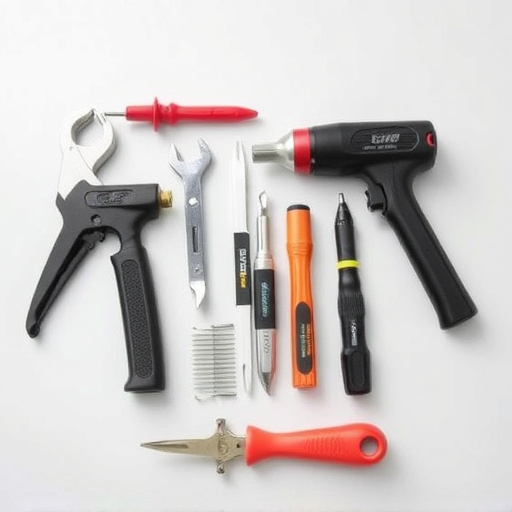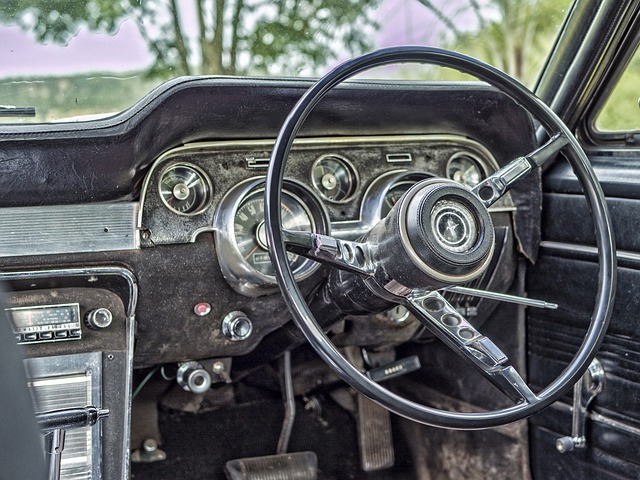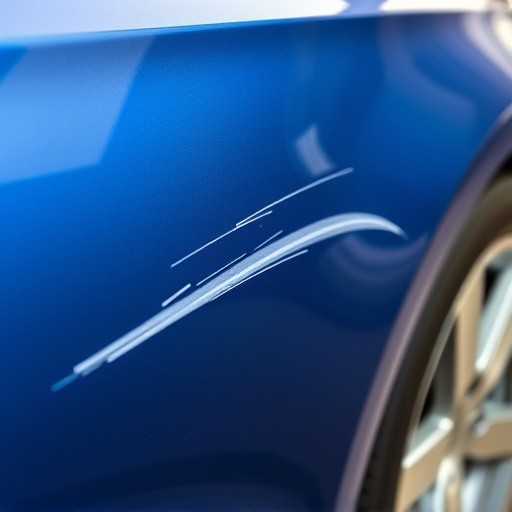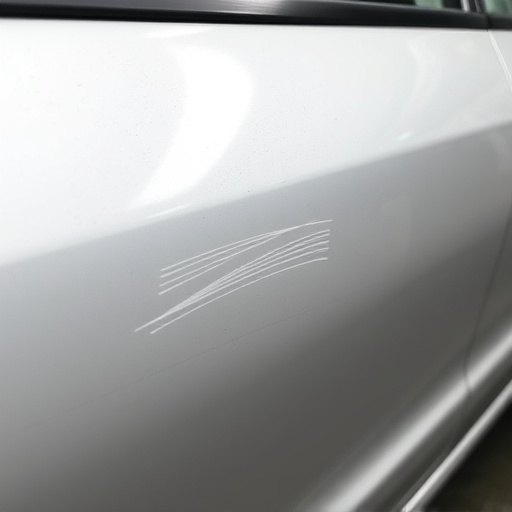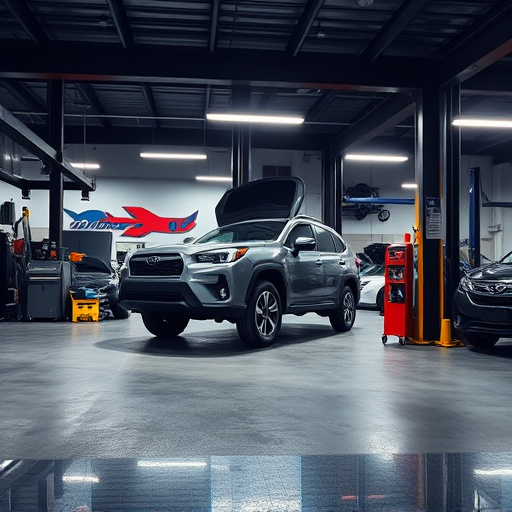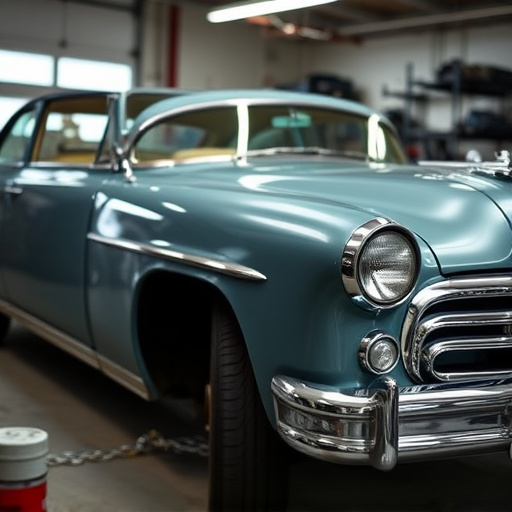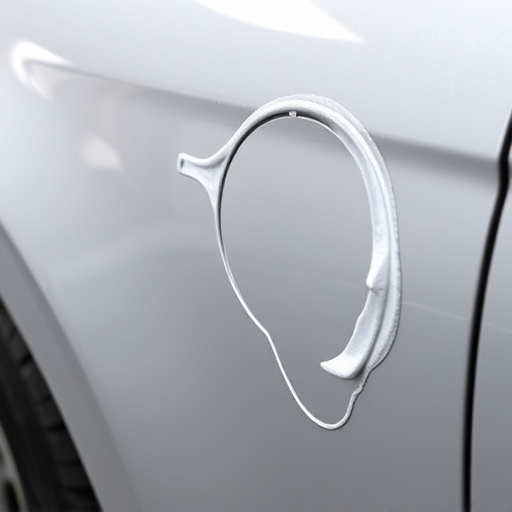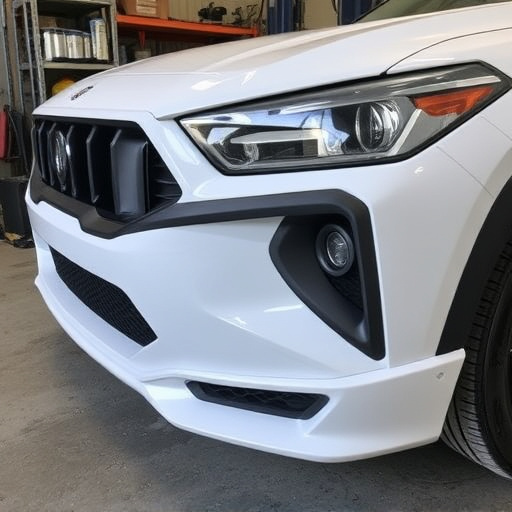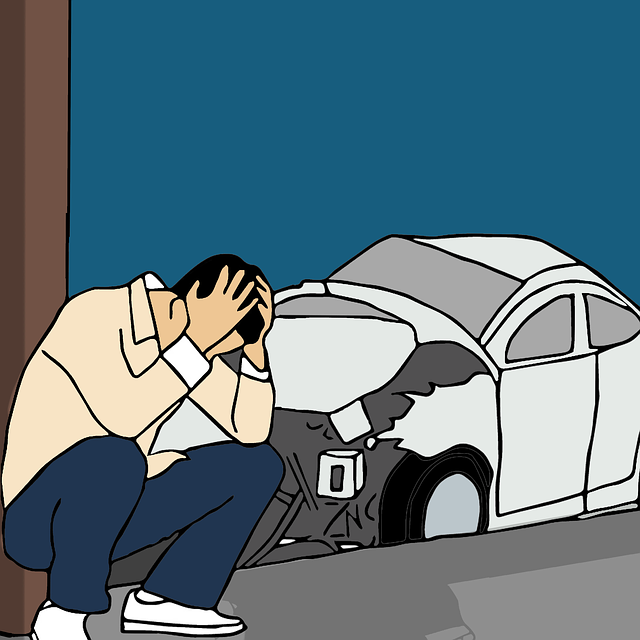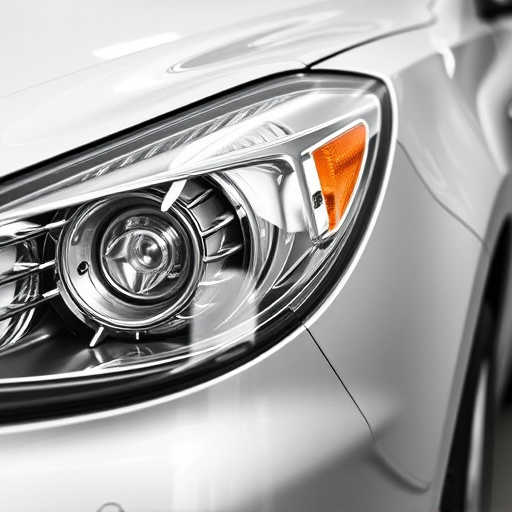Weather conditions significantly impact auto body shop services, affecting equipment performance and labor efficiency. Extreme temps cause metal issues, while precipitation hinders paint jobs. Shops must adapt with climate-resistant paints, controlled environments, and protective coatings for quality results. Seasonal changes require specialized services & weather-ready equipment to enhance customer satisfaction during fluctuating weather patterns.
In the dynamic world of auto body shops, weather plays a significant role in shaping service outcomes. This article delves into the intricate relationship between meteorological conditions and automotive repairs, exploring key areas such as paint job quality and seasonal challenges. Understanding how weather impacts these processes is essential for auto body shops to enhance their services and ensure customer satisfaction year-round. By navigating outdoor elements and adopting effective solutions, shops can optimize results, maintaining a competitive edge in the market.
- Understanding Weather's Impact on Auto Repairs
- Outdoor Elements and Paint Job Quality
- Seasonal Changes: Challenges and Solutions
Understanding Weather's Impact on Auto Repairs
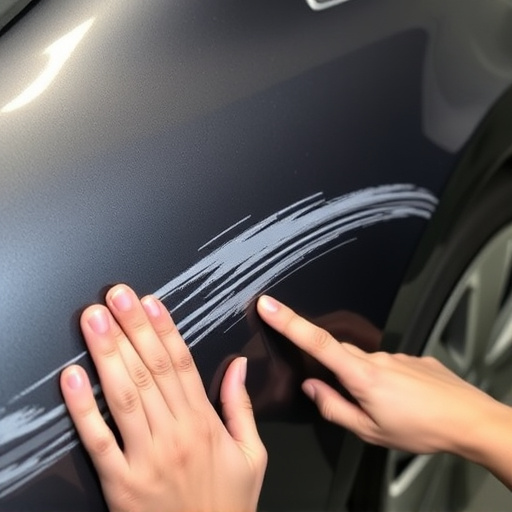
The weather plays a significant role in shaping the outcomes of auto body shop services. Extreme temperatures, be it scorching heat or bone-chilling cold, can impact the performance of both equipment and human labor. For instance, cold weather may cause metal to shrink, making precise measurements and welding more challenging. Conversely, hot weather can lead to warping or distortion of vehicle panels, complicating the repair process, especially in classic car restoration projects that require meticulous attention to detail.
Moreover, precipitation, such as rain or snow, introduces moisture into the air and on vehicle surfaces. Moisture can hinder the effectiveness of paint jobs, leading to less-than-satisfactory results in auto repair services, particularly in vehicle body repair cases where a water-tight seal is crucial. Understanding these weather-related factors is essential for auto body shops to adjust their techniques and ensure they deliver top-quality work regardless of seasonal changes or climate conditions.
Outdoor Elements and Paint Job Quality
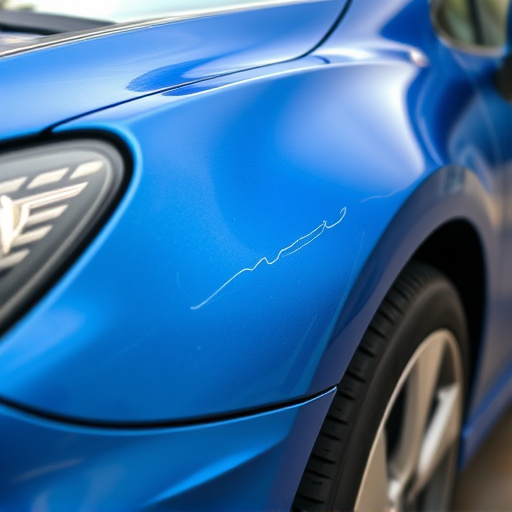
The outdoor elements play a significant role in determining the quality of auto body shop services, especially when it comes to paint jobs. Paint is one of the most visible aspects of an automobile’s exterior, and its durability and appearance are crucial for customer satisfaction. Weather conditions like direct sunlight, high humidity, and extreme temperatures can significantly impact the curing process of paint. For instance, hot and sunny weather speeds up drying, potentially leading to uneven surface finishes or even peeling if not properly controlled. On the other hand, cold and wet conditions can slow down the curing process, making it more prone to bubbles, ridges, or other defects.
Auto body shops need to account for these environmental factors to ensure optimal paint job quality. This might involve using specific paints designed to withstand varying climates, implementing controlled curing environments, or offering additional services like clear coating to enhance protection and durability. For those seeking reliable auto body repair near me, understanding how weather affects these processes can be beneficial in choosing a shop that adapts to such conditions, ensuring their vehicle’s paint job stands the test of time, even after a fender bender.
Seasonal Changes: Challenges and Solutions
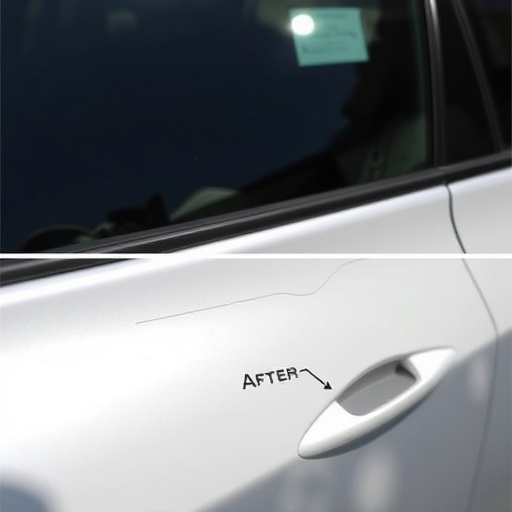
Seasonal changes present unique challenges for auto body shops, with varying weather patterns impacting both operations and customer needs. During winter, for instance, colder temperatures and increased precipitation can lead to more vehicle accidents due to slippery road conditions. This surge in incidents requires auto body shop services to be more responsive, as customers seek repairs for damage sustained during these adverse weather events.
To mitigate the impact of seasonal fluctuations, many shops implement proactive strategies. They may offer specialized services tailored to winter-related damages, such as fender bender repairs and snow chain installation. Additionally, investing in high-quality equipment that can withstand different climates ensures efficient and effective auto body repair processes, ultimately enhancing customer satisfaction despite the changing seasons.
Weather conditions play a significant role in the quality of auto body shop services, from the duration of repairs to the final outcome. Understanding how outdoor elements impact paint jobs is crucial for maintaining customer satisfaction. Seasonal variations present unique challenges, but with appropriate strategies, auto body shops can ensure consistent results. By considering weather-related factors, these facilities can deliver top-notch services that meet and exceed expectations.
